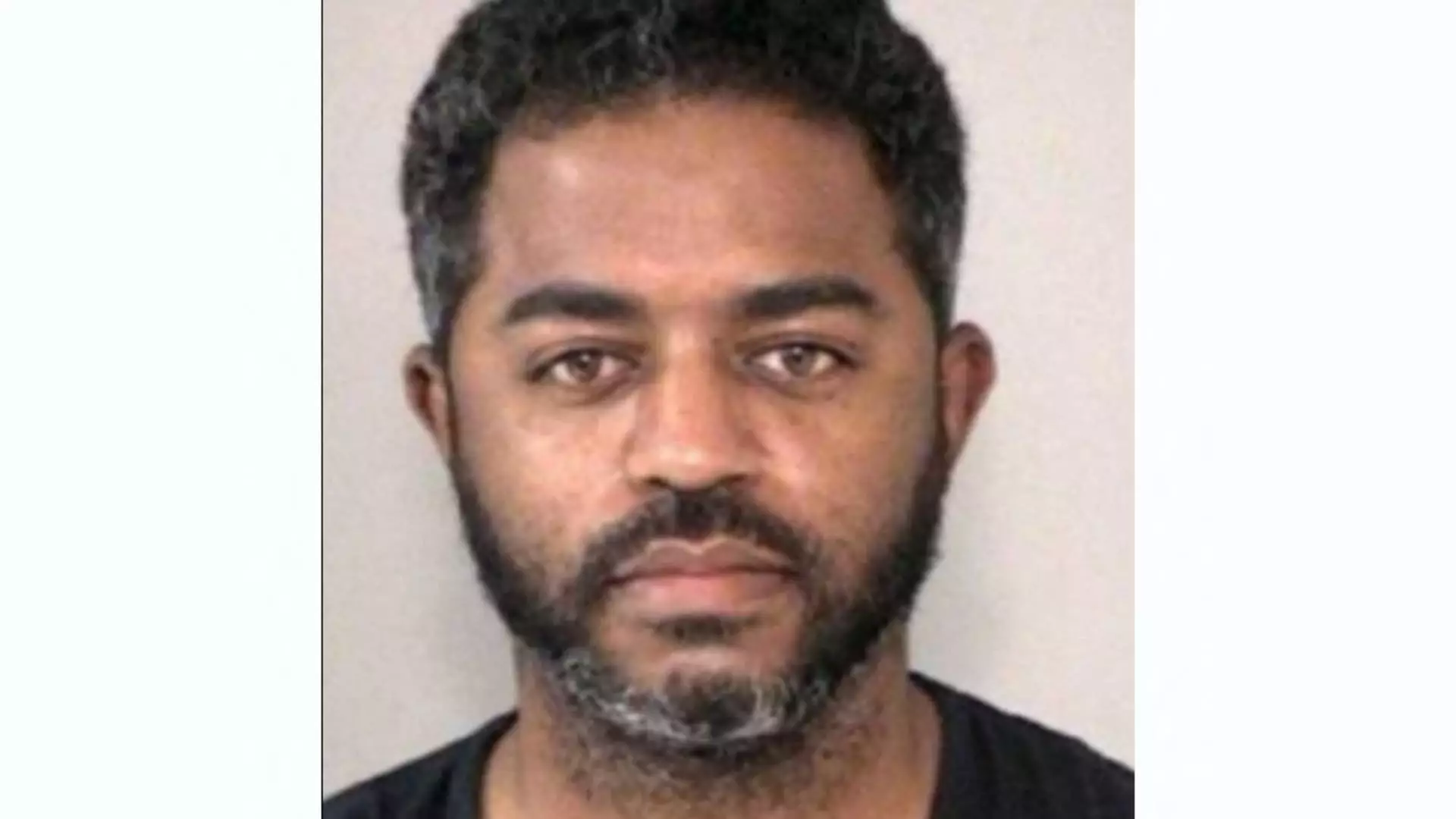On New Year’s Day, a horrifying incident unfolded in New Orleans when a driver, identified as Shamsud-Din Jabbar, plowed through a crowd, resulting in the deaths of 14 individuals. His actions, believed to be inspired by extremist ideologies, have sent shockwaves through the community and raised serious concerns about public safety. The situation escalated when authorities discovered Jabbar had also attempted to detonate explosives he had positioned on Bourbon Street, a well-known tourist destination.
Upon investigation, both the FBI and ATF confirmed that Jabbar was equipped with a transmitter intended to trigger two explosive devices. Fortunately, these devices did not detonate, leaving investigators puzzled about the reason behind their failure. Possible explanations include a mechanical malfunction, a lack of activation, or other unforeseen issues. What remains most troubling is Jabbar’s choice of explosives, described as a rare compound that has not previously been documented in either American or European terror acts.
The investigation into Jabbar’s background unveiled several layers of complexity, particularly regarding how he acquired knowledge to create such a sophisticated explosive. Law enforcement agencies are grappling with this dilemma, as understanding the origins of this information could significantly impact counterterrorism strategies. The potential for homegrown terrorism raises alarms about what could be a growing trend of individuals accessing lethal knowledge through the internet or other means.
In addition to the attack on Bourbon Street, reports indicate that Jabbar attempted to destroy evidence of his crimes by setting fire to a short-term rental property. Authorities found bomb-making materials at the scene, illustrating a chilling determination to evade capture. The fire, however, extinguished itself, allowing investigators to recover crucial evidence, including components suspected to be linked to the creation of firearms suppressors.
Public Reaction and Mourning
The loss of innocent lives during a festive occasion has left the New Orleans community in deep mourning. President Joe Biden’s planned visit signifies the gravity of the situation. Mourning will officially begin Monday, underscoring the need for communal healing as the nation reflects on the surge of violence linked to extremist ideologies. The locals are left grappling not only with the emotional toll but also with the fear that public spaces, once deemed safe, can suddenly become scenes of terrorism.
Jabbar’s illustration of deliberate malice serves as a stark reminder of the threats lurking in modern society. While the attack serves as a wake-up call for increased scrutiny on lone-wolf actors, it also emphasizes the necessity for communal solidarity in the face of adversity. As investigations continue, the focus must also shift toward prevention and education, ensuring that potential radicals are intercepted before they can enact their heinous plans.
Ultimately, the tragic events of New Year’s Day in New Orleans demand a comprehensive review of anti-terrorism strategies and public safety measures. As investigators delve deeper into Jabbar’s motivations and capabilities, a strategic response plan must be formulated to address potential future threats. The psychological and societal ramifications have underscored the urgent need for resilience in communities affected by violence, as well as the importance of vigilance against the radical ideologies that sow division and fear.


Leave a Reply